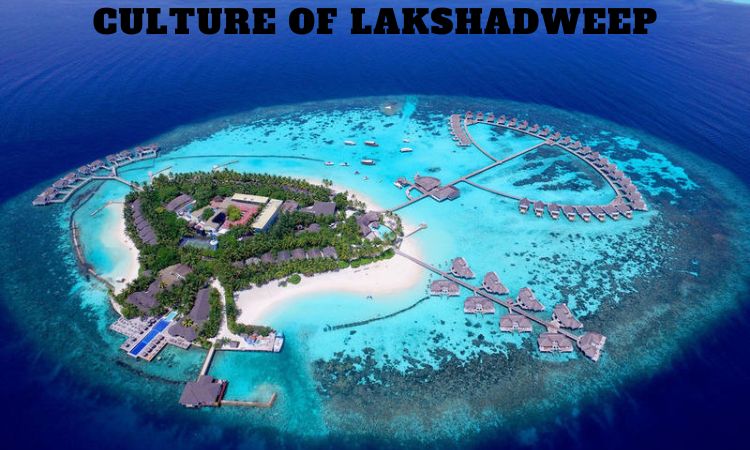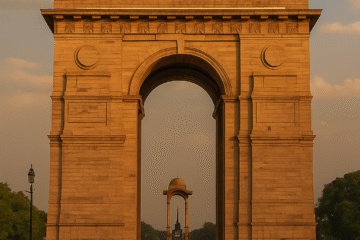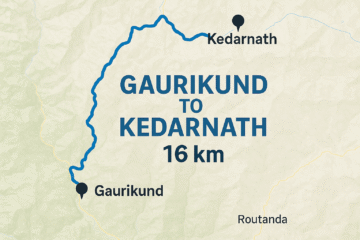
The Lakshadweep culture is a mesmerizing blend of simplicity, harmony, and tradition. Nestled in the Arabian Sea, Lakshadweep is India’s smallest Union Territory, comprising 36 beautiful islands, of which 10 are inhabited. The islands are not only known for their scenic beauty but also for their unique and vibrant culture of Lakshadweep, deeply influenced by the local environment, Islamic traditions, and ancient seafaring connections. In this comprehensive guide, we explore the diverse cultural tapestry of Lakshadweep, offering insights into its traditions, festivals, cuisine, and way of life.
A Brief Overview of Lakshadweep’s Cultural Roots
The culture of Lakshadweep is deeply rooted in its geographical isolation and historical interactions with traders from the Middle East and the Malabar Coast. The majority of the population practices Islam, which plays a significant role in shaping the customs and traditions of the islands. However, the community’s connection to the sea, its reliance on marine resources, and its historical links to Kerala have added unique dimensions to its cultural identity.
Festivals: A Celebration of Faith and Community
1. Eid-ul-Fitr and Eid-ul-Adha
The Islamic heritage of Lakshadweep is prominently reflected in its festivals. Eid-ul-Fitr and Eid-ul-Adha are the most widely celebrated festivals, bringing the community together in joyous harmony. The days are marked by special prayers at mosques, feasts, and the exchange of gifts.
2. Milad-un-Nabi
This festival commemorates the birth of Prophet Muhammad. The islanders participate in religious gatherings, recite Quranic verses, and organize community meals.
3. Muharram
Lakshadweep observes Muharram with solemnity and devotion. The event includes prayers and processions, reflecting the community’s spiritual depth and collective faith.
Traditional Attire: Elegance and Simplicity
The traditional attire of the people in Lakshadweep mirrors their simplicity and Islamic influences. Men typically wear lungis and shirts, while women adorn themselves in modest yet elegant traditional sarees or salwar kameez. During festivals, colorful and intricately designed outfits are worn, enhancing the celebratory mood.
Music and Dance: Echoes of Heritage
The Lakshadweep culture boasts a vibrant tradition of music and dance, often performed during festivals and special occasions. Traditional forms include:
- Lava Dance: This energetic dance form, performed by men, is inspired by the rhythmic movements of the ocean waves.
- Kolkkali: A captivating performance involving rhythmic claps and stick movements, Kolkkali is a communal dance showcasing coordination and unity.
- Parichakali: Another unique dance form that reflects the local lifestyle and martial traditions.
Music is an integral part of these performances, with traditional instruments such as dhols and cymbals adding to the rhythmic beats.
Cuisine: A Gastronomic Delight
Lakshadweep’s cuisine is a delightful blend of simplicity and flavor, heavily influenced by its coastal location and Islamic traditions. Seafood, coconut, and rice are staples in the local diet. Some iconic dishes include:
- Tuna Curry: A spicy and aromatic dish made with freshly caught tuna, coconut milk, and local spices.
- Coconut Rice: A fragrant preparation where rice is cooked with coconut, lending a sweet and nutty flavor.
- Mas Min Curry: A traditional Maldivian-style fish curry, popular among the islanders.
- Appam with Stew: A dish influenced by Kerala’s cuisine, often enjoyed during festivals.
The use of local spices and the reliance on fresh ingredients make the Lakshadweep cuisine a must-try for food enthusiasts.
Art and Craft: A Testament to Skill
The culture of Lakshadweep is reflected in its traditional arts and crafts, which often utilize natural materials. Some highlights include:
- Coir Products: Items such as mats, ropes, and baskets made from coconut husk are popular.
- Shell Crafts: Decorative items crafted from seashells are a testament to the artisans’ creativity.
- Boat Building: An ancient tradition passed down through generations, boat building is both a craft and a necessity for the seafaring communities.
Social Structure: A Community-Oriented Lifestyle
The social structure in Lakshadweep is built on mutual respect and community cooperation. The matrilineal system, akin to the practices in Kerala, plays a significant role in property inheritance and familial roles. The islanders are known for their hospitality, and visitors are often welcomed with warmth and kindness.
Religious Practices and Spirituality
Islam is the predominant religion in Lakshadweep, and its principles guide daily life. Mosques are central to the community, serving as places of worship and social interaction. The islanders strictly observe Islamic rituals and dietary practices, creating a cohesive and spiritually enriched society.
Environmental Harmony: Living with Nature
The Lakshadweep culture is deeply intertwined with the natural environment. The islanders have developed sustainable practices to preserve their fragile ecosystem, such as:
- Fishing Traditions: Sustainable fishing methods ensure the longevity of marine resources.
- Coconut Cultivation: The cultivation of coconuts is not only an economic activity but also a cultural practice.
- Eco-Friendly Living: Homes and daily activities are designed to minimize environmental impact.
Modern Influences on Lakshadweep Culture
While the traditions of Lakshadweep remain largely intact, modern influences have started to make their presence felt. The advent of technology, tourism, and education has brought new perspectives to the islands. However, the community’s commitment to preserving its cultural identity ensures a harmonious balance between tradition and modernity.
Conclusion: Preserving the Unique Heritage of Lakshadweep
The culture of Lakshadweep is a treasure trove of traditions, values, and practices that reflect the harmonious coexistence of people with nature and faith. As modernity begins to weave into the fabric of these islands, the people of Lakshadweep remain committed to preserving their unique identity and cultural heritage.
Frequently Asked Questions (FAQs)
1. What is unique about Lakshadweep culture?
Ans. The Lakshadweep culture is a harmonious blend of simplicity, Islamic traditions, and a deep connection to the sea. It is marked by its vibrant festivals, traditional music and dance forms, and sustainable lifestyle practices rooted in its geographical isolation.
2. What are the main festivals celebrated in Lakshadweep?
Ans. The primary festivals celebrated in Lakshadweep include Eid-ul-Fitr, Eid-ul-Adha, Milad-un-Nabi, and Muharram. These festivals are marked by prayers, feasts, and community gatherings.
3. What are the traditional dance forms of Lakshadweep?
Ans. The most notable traditional dance forms are Lava Dance, Kolkkali, and Parichakali, performed during festivals and special occasions. These dances often showcase the islanders’ connection to the sea and their vibrant community spirit.
4. How does the cuisine of Lakshadweep reflect its culture?
Ans. Lakshadweep’s cuisine is characterized by the use of seafood, coconut, and rice, with dishes like Tuna Curry, Coconut Rice, and Mas Min Curry being staples. The flavors are a mix of simplicity and spice, reflecting both local resources and Islamic culinary traditions.
5. What kind of traditional attire do people in Lakshadweep wear?
Ans. The traditional attire of Lakshadweep is modest yet elegant. Men typically wear lungis and shirts, while women prefer sarees or salwar kameez. During festivals, colorful and intricately designed outfits are worn.
6. What role does religion play in Lakshadweep culture?
Ans. Islam is the predominant religion in Lakshadweep and plays a central role in shaping its customs, festivals, and social practices. Mosques are vital community hubs for worship and social interaction.
7. What are some unique crafts of Lakshadweep?
Ans. Lakshadweep is known for its coir products, shell crafts, and traditional boat building. These crafts not only reflect the community’s creativity but also their dependence on natural resources like coconuts and seashells.
8. How is the social structure in Lakshadweep organized?
Ans. The social structure in Lakshadweep is matrilineal, with property and family responsibilities often passed through the female lineage. The community values cooperation, mutual respect, and hospitality.
9. How does Lakshadweep maintain harmony with its environment?
Ans. The islanders practice sustainable fishing, eco-friendly living, and coconut cultivation to preserve their fragile ecosystem. Their daily activities are designed to minimize environmental impact.
10. How has modernity influenced Lakshadweep culture?
Ans. While modern education, tourism, and technology have influenced the islands, the people of Lakshadweep have successfully preserved their traditions and cultural identity, ensuring a balance between progress and heritage.


